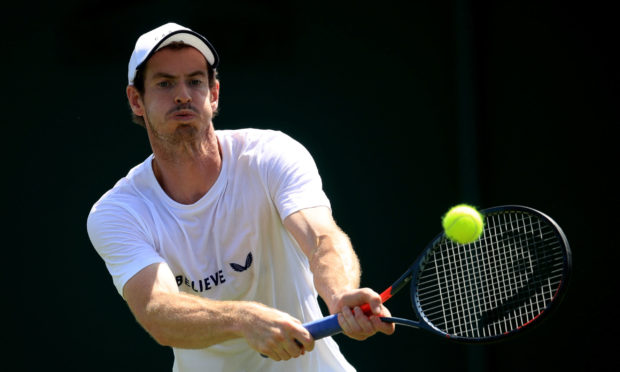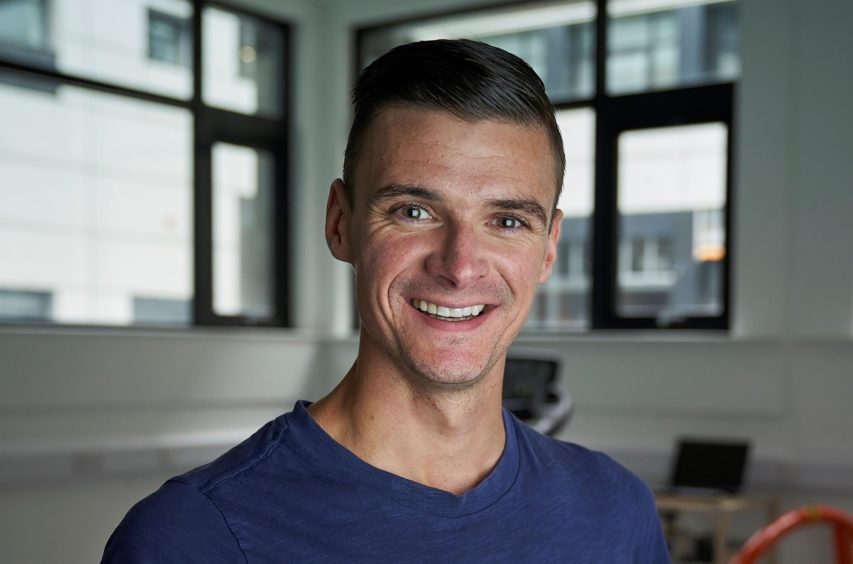Researchers monitoring sports coaching habits during lockdown are calling for online training to continue, even after the pandemic ends.
A study by Abertay and Glasgow Caledonian Universities has taken a detailed look at how the first lockdown during March and April affected tennis coaches.
At the time face to face sessions were banned.
Researchers found that the online setting allowed players to practise in their own time.
They say it also encouraged them to learn new skills and boosted engagement and interest from family members.
Jonathan Glen, from Abertay University’s Division of Sport and Exercise, said the findings could be invaluable for the future.
He said: “We wouldn’t for one minute suggest that online coaching should ever replace face to face coaching, but it can be very effective as a supplementary tool.
“During the early weeks of the pandemic it was imperative that coaches were able to engage with athletes in some way to keep them engaged and to prevent, as best as they could, performance levels from dropping.
“As part of this research we observed multiple training sessions and found that the online coaching was remarkably effective.”
He added: “In terms of the participants, there were definite skill improvements and at the very worst, skill maintenance. Given the fact there were no face to face sessions, skill maintenance is a great thing to achieve during a pandemic.
“The coaches we worked with plan to incorporate online coaching into their training routines going forward and we believe that there is wider benefit to doing this.
“Online coaching was used prior to the pandemic, but very, very rarely but it’s become increasingly clear that it can be very beneficial.
“The coaches showed incredible creativity and we found some very interesting adaptation of their behaviours and practices to the unprecedented situational demands.”
Julie Gordon, from Glasgow Caledonian University, said: “As a practising coach as well as researcher, I have continued to use online coaching as a way of connecting with and motivating athletes particularly those in self isolation.
“Working with individuals and groups online has positive benefits well beyond the limitations that are imposed on us with this pandemic.
“Coaches who embrace online coaching can be confident that they can adapt to future lockdowns and restrictions but also that they have a tool that they can use to complement their existing offering and has implications for example, of continuing to coach when athletes are competing away from home or are injured or ill.
“Online coaching also benefited coaches themselves and helped to enhance the coach/athlete relationship
“The online coaching provided positive psychological benefits for the athletes in terms of feeling connected and cared for by the coaches.
“The coaches also benefited psychologically from feeling part of something and feeling they were able to contribute and help athletes when face to face coaching was not possible.”
Visit Abertay’s Division of Sport and Exercise Sciences website to find out more.










